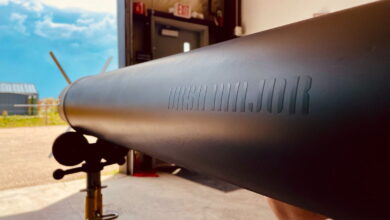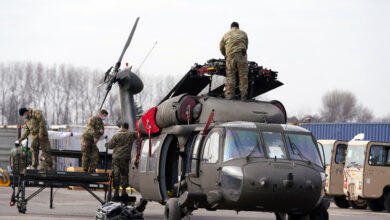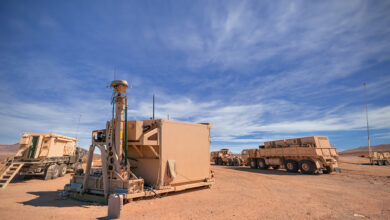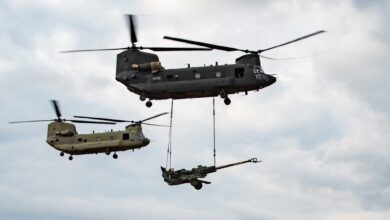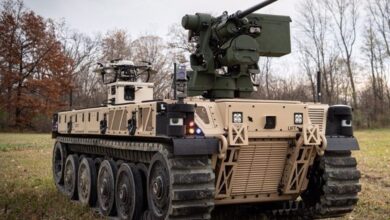US Army Seeks AI-Guided Anti-Armor Artillery Round
The US Army is identifying potential producers of a new 155mm artillery shell that can home in on an armored vehicle even in a GPS-denied environment.
Additionally, it should strike well beyond the range of current 155mm rounds.
“It will support both current and future weapon systems and defeat infantry fighting vehicles, self-propelled howitzers, and main battle tanks,” the service said in a notice.
Cannon-Delivered Area Effects Munition
The capability has been sought since 2018 as an upgrade on the operational Dual-Purpose Improved Conventional Munitions (DPICM), better known as cluster munitions.
The new Cannon-Delivered Area Effects Munition (C-DAEM) Armor munition seeks to provide precision-targeting in GPS-denied environments using onboard sensors to detect, identify, and home in on the target.
“These projectiles will be fired through the Army’s command and control system, where an observer has identified the target type and location,” Army Technology quoted US Army Deputy Project Manager Peter Burke as saying in 2019.
“After the projectile has been fired, the sensors on the projectile will be used to search the area around its reported position, and if found, attack the target.”
The Ukraine war revealed the need for such a capability when Russian air defense units managed to jam and intercept HIMARS precision rockets and JDAM “smart” munitions.
It is also expected to leave behind fewer unexploded dud bomblets or submunitions than the DPICM.
Compatible With Current and Future Cannons
The munition will be compatible with 32-caliber cannons such as the M109A6/7 Paladin and M777 as well as with the next-generation 58-caliber XM1299 Extended Range Cannon Artillery.
The XM1299’s range of 70 kilometers (43 miles) is twice that of the Paladin.
It will also be able to strike moving targets, something current shells are not capable of, according to New Scientist.
“The weapons will have a range of up to 60 kilometers (37 miles), taking more than a minute to arrive, and will be able to search an area of more than 28 square kilometers for their targets,” the outlet explained a year after the effort was launched.
“They will have a method for slowing down, such as a parachute or small wings, which they will use while scanning and classifying objects below.”
Low-rate production is expected by the second quarter of 2026.







